Under promise and over deliver
The best advice I can give you in regards to roadmaps is to always “under promise and over deliver”. This is especially true in organizations where there is a lot of development happening, but also a general feeling of disappointment among employees. To rally the organization and to get everyone on the same page, it is necessary to do a different kind of storytelling.
My experience from my work life, but especially also as a mentor on the Learning Loop mentor platform, is that many product managers feel like “human switchboards” and “coordinators” rather than experts in their field.
This is due in part to a lack of focus and clear roles and responsibilities within organizations, especially in smaller companies and startups. Additionally, there may be a lack of titles that match the actual roles and responsibilities of product managers. This can lead to difficulties in determining what is truly important, especially when it comes to long-term roadmaps and personal career goals.
Responsibility change as organizations expand
In smaller companies and startups, there can be a general lack of structure and focus. This is due in part to the size of the organization and a lack of clear titles that match roles and responsibilities. This can lead to difficulties in knowing what is important and in creating effective, long-term roadmaps. However, it is worth noting that these tendencies are general and may not apply to every organization.
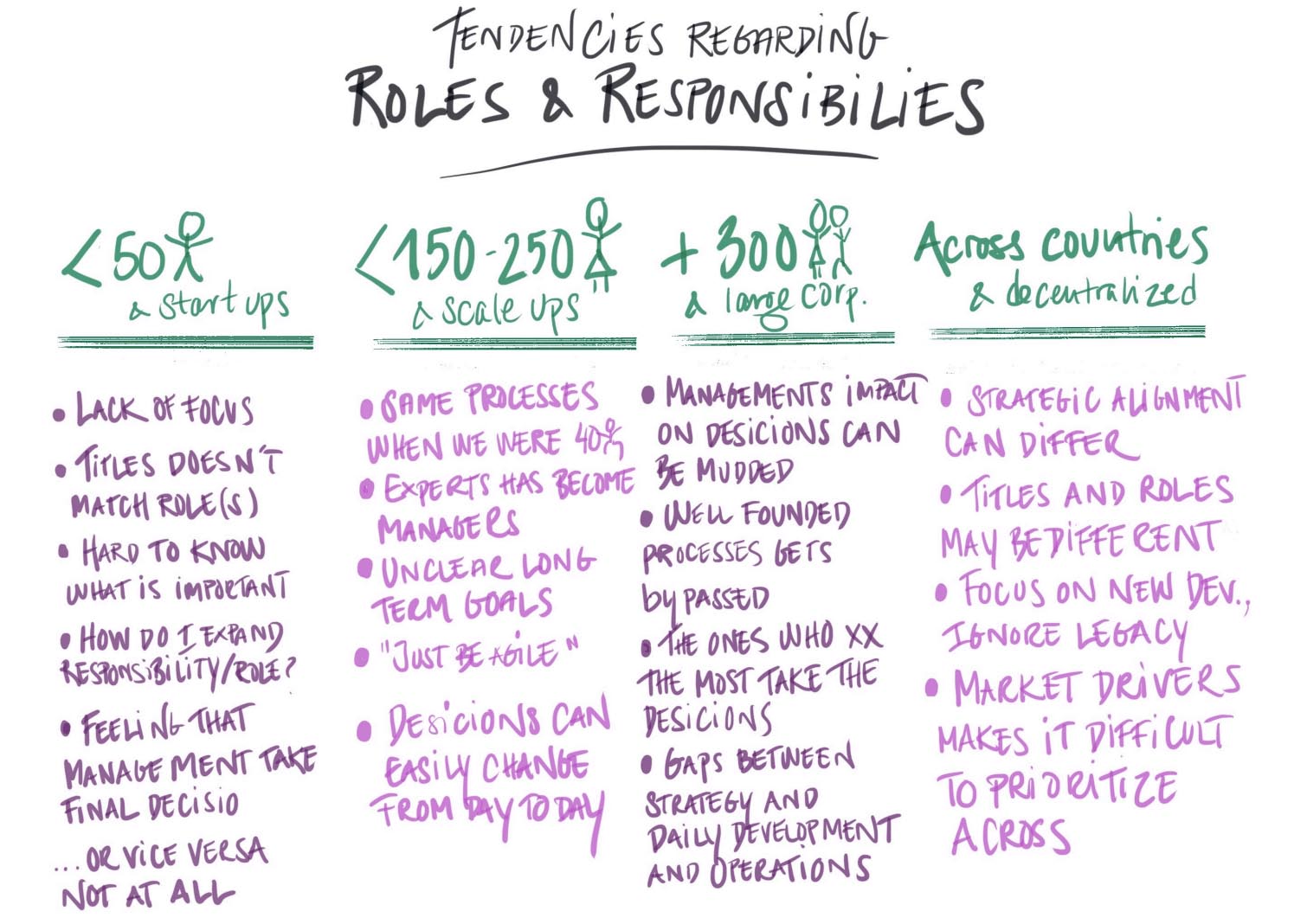
When working in a small company, it can be difficult to clearly define one’s area of responsibility and how to grow in their role. This is compounded by the feeling that management may take the final decision or lack thereof, leading to confusion.
When companies grow in size, they face difficulties updating the processes they used when they had only a few employees. This can lead to problems, particularly in the case of experienced employees who become managers to keep them from leaving the company. However, this may not always be the best solution.
In companies with between 50 and 250 employees and those that have been in the market for some time, the long-term goals are often unclear. Management’s response to this challenge is simply to be agile, making decisions on a day-to-day basis, but this approach can result in inconsistency.
Growing pains, as companies grow from small into large corporations, can often be a source of confusion and frustration for employees, particularly for those still less than 250 individuals in size. The processes that worked when the company was smaller may no longer be effective, and some of the smartest and experienced employees may have been promoted to management positions, which may not be the best fit for them. This can lead to a lack of clarity regarding the long-term goals of the corporation, with management simply dictating that employees should be “agile” and continue with their previous practices.
In larger corporations with over 300 individuals, decision-making can be even more convoluted, with executives making seemingly arbitrary decisions that can change direction at a moment’s notice. This can result in processes being bypassed and employees feeling uncertain about the impact of their work.
Challenges for Strategy and Operations
There can be a disconnect between the strategies established at the top level of a corporation and their implementation in daily development and operations. This can be particularly problematic in large, decentralized companies where different departments may have differing interpretations of the same strategy. The focus on new development is often clear, but legacy issues may be ignored, leading to frustration for employees.
Market drivers also play a role in complicating the prioritization of work across countries, as different markets may have different levels of maturity and require different approaches. To address these issues, it may be helpful to identify these challenges and work through them one by one, acknowledging the difficulties that employees face in their daily work and recognizing the human elements that contribute to these struggles.
Management’s Purpose and Priorities
The focus of management is often centered on what the upper-echelon of an organization wants, expects and does in terms of decision-making. In this sense, their mission can be generalized as wanting to create a productive and prosperous work environment, attain success and financial stability, build a favorable reputation for their products, and constantly develop and refine their skills with purpose.
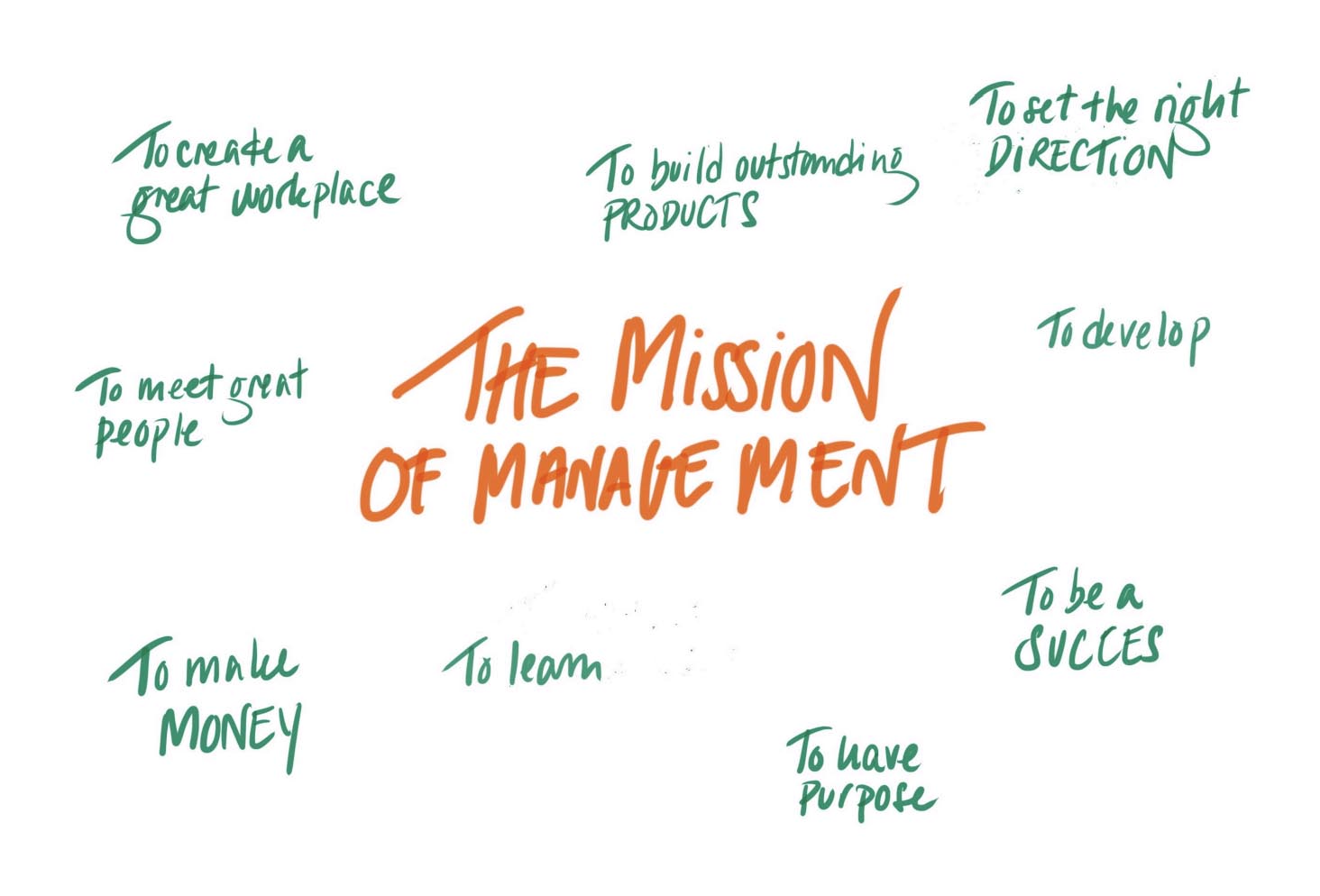
However, you need to recognize that there is a disparity between the priorities of management and those of product developers. This is due to a lack of emphasis on common ground, where both parties share a drive for success and setting a clear direction for the organization.
Bridging the Gap between Management and Product Developers
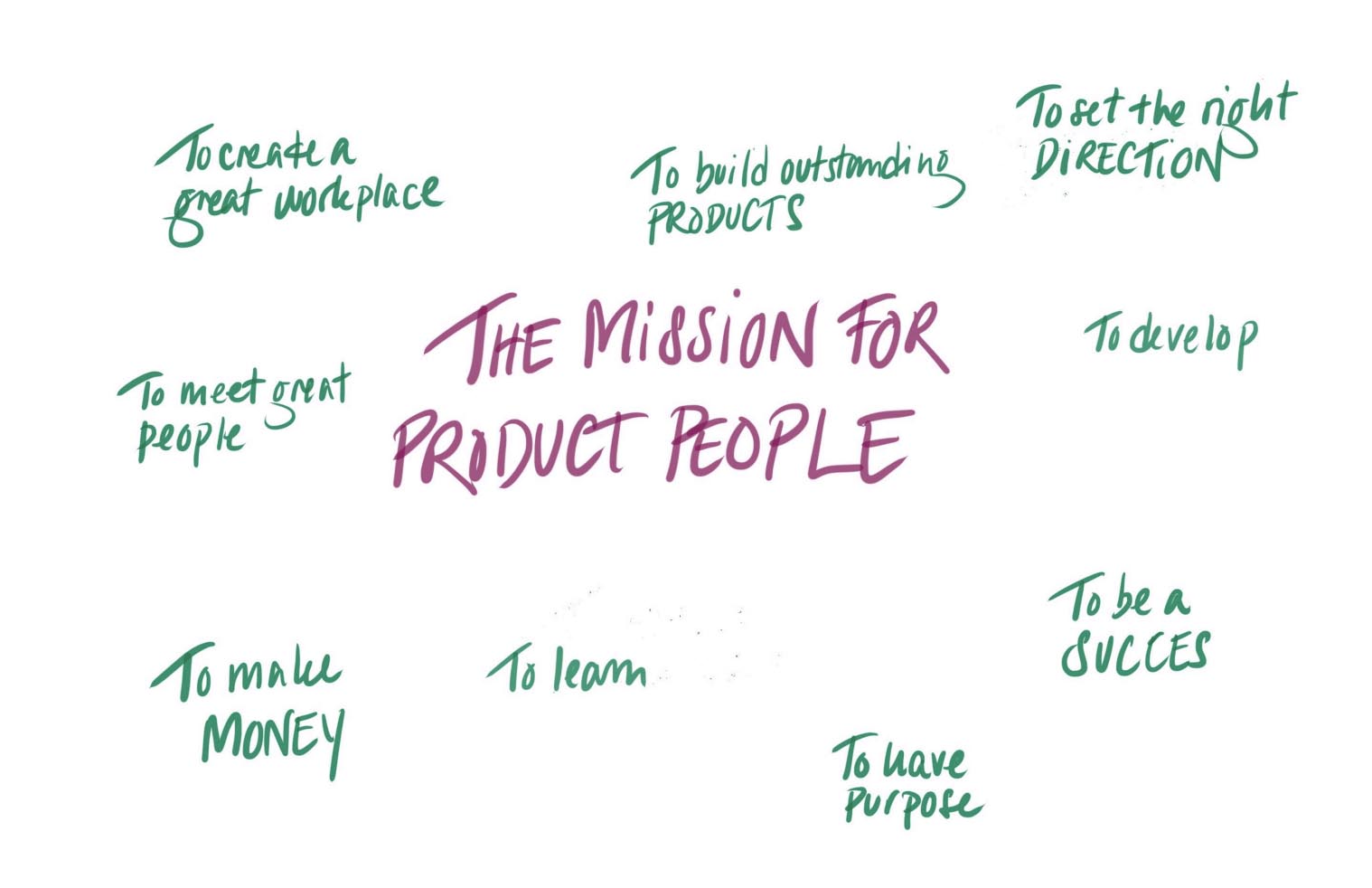
By highlighting the similarities in motivations between management and product developers, the two groups can foster a collaborative work environment where everyone is aligned and working towards a common goal. This can be achieved by focusing on areas of agreement and using them to drive forward momentum and achieve greater results.
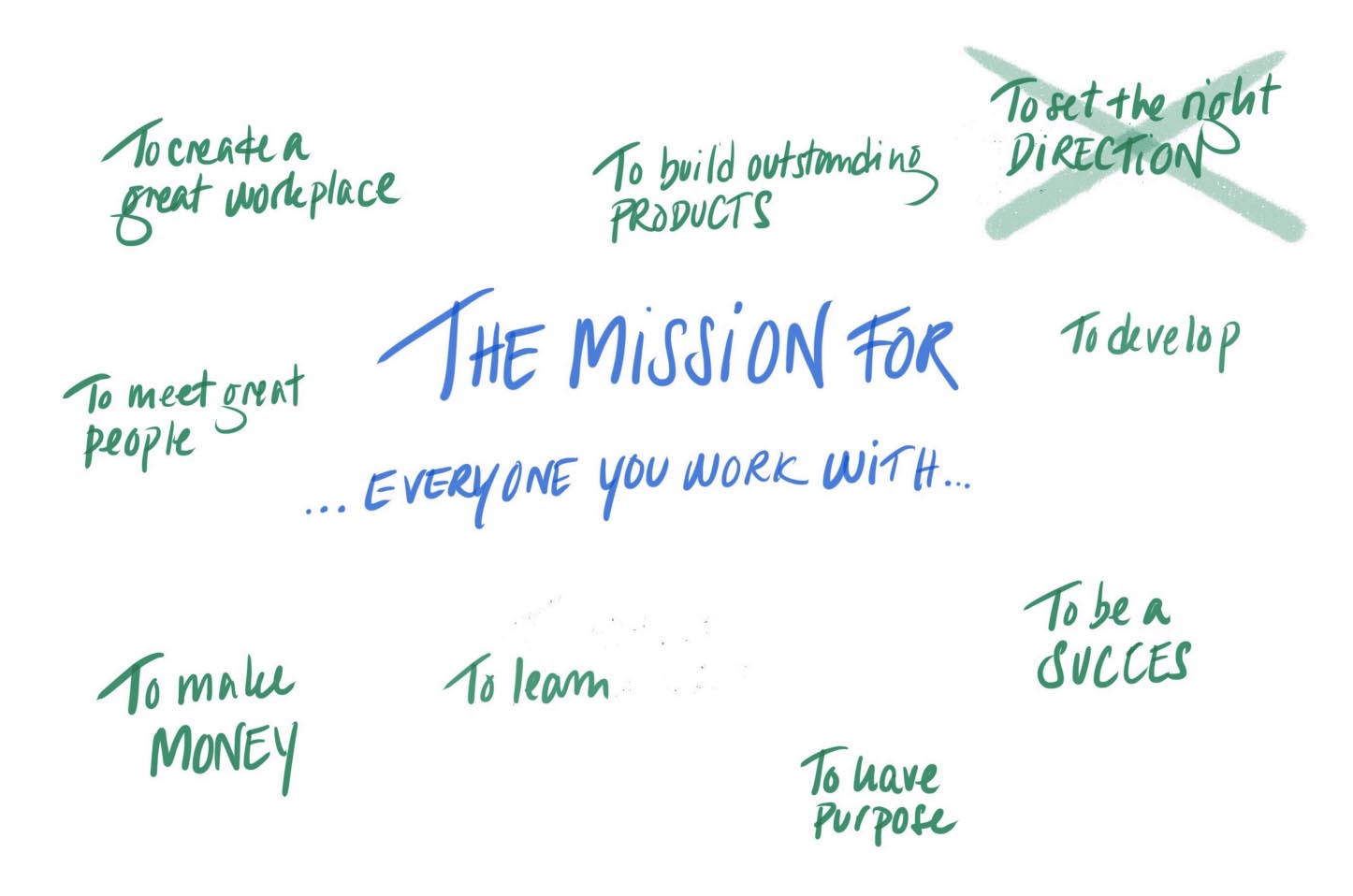
Everyone else you are working with within the field of product, do not necessarily care about setting the direction - more living up to it.
From Setting Direction to Creating Attraction
Clara Mai Kunstmann delves into the distinction between setting a direction and creating an attraction in terms of motivation and leadership. While setting a direction is driven by external forces, creating an attraction motivates people through internal forces, leading to greater loyalty and a more profound sense of shared purpose.

The human brain processes around 80 million impulses every second, but we are only consciously aware of 30 to 40 of them. In order to engage others in a shared vision, it is crucial to focus on positive thoughts, which are much stronger than negative ones. Kunstmann suggests that this can be achieved by framing questions in a way that elicits only positive responses.
It makes sense to highlight key principles for aligning priorities and leading more effectively to help you engage others in your vision and bring people together towards a common goal:
1. Map your reality
To make informed decisions, it is crucial to map one’s reality and understand the unconscious patterns of behavior that shape it. This process involves examining the relationships between different stakeholders and the decision-making process that guides their actions. By mapping these dynamics, individuals can gain a clearer picture of their reality and make informed decisions.
The Value Chain of Decisions
A decision usually starts with an idea and moves down a roadmap. However, the process of making a decision involves many different stakeholders, and mapping these relationships can help individuals understand how decisions are made in their reality. By mapping the value chain of decisions, individuals can better understand the different processes involved and make informed decisions based on this information.
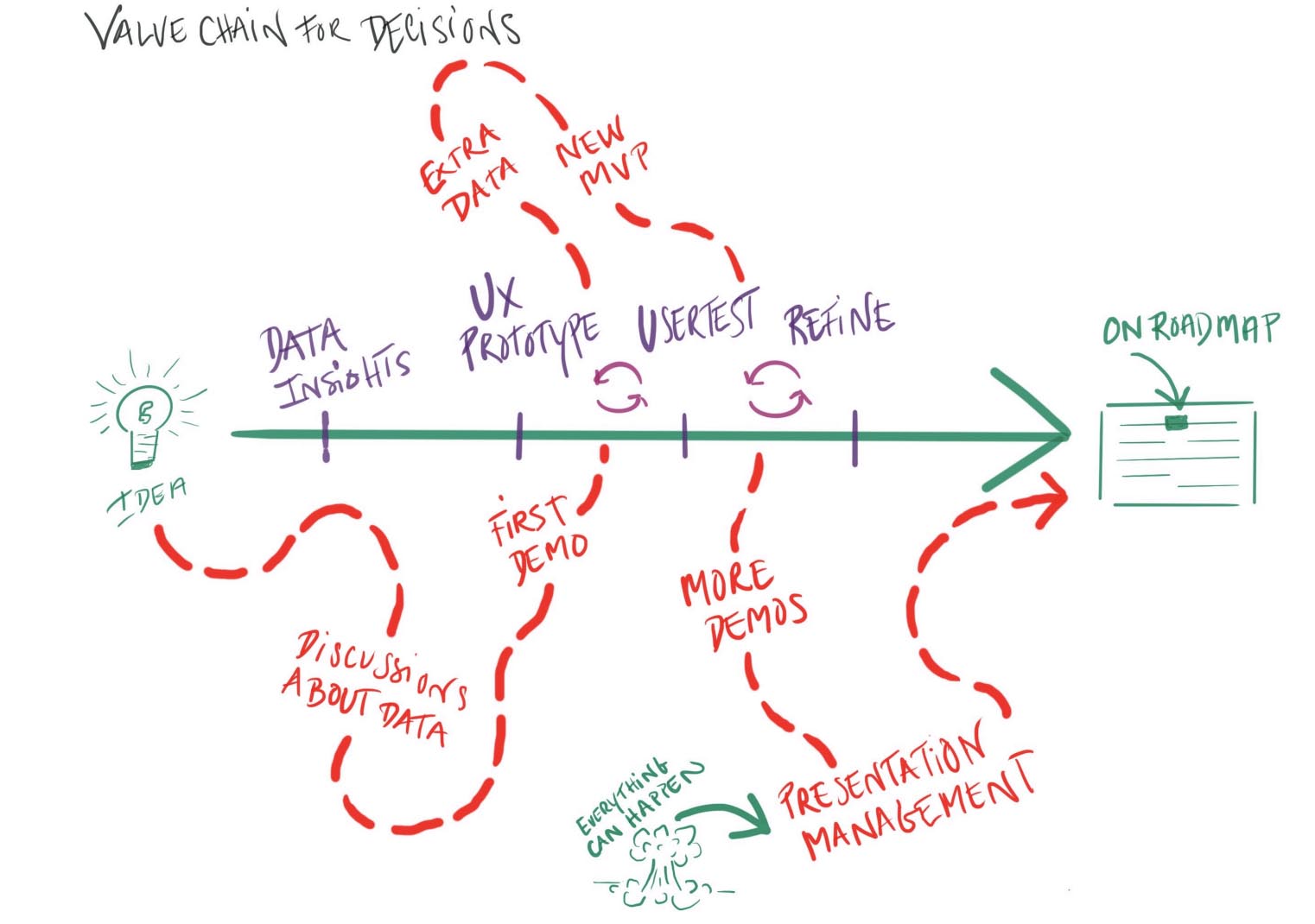
Meeting Forums and Public Roadmaps
To foster open and inclusive decision-making, it is important to establish meeting forums where all stakeholders can share their ideas and participate in the decision-making process. At TV two, Clara Mai Kunstmann implemented a mandatory meeting forum where everyone, including managers, was required to attend and participate in the decision-making process. Over time, the number of attendees dwindled, but those who remained were highly involved in the hands-on work that was being done. The use of public roadmaps, both internally within a company and for customers, can also help to increase transparency and accountability in decision-making.
User Testing and Customer Feedback
It is essential to listen to the opinions and feedback of customers, but it is also important to be mindful of the cost of incorporating every single suggestion. Clara Mai Kunstmann suggests that it is necessary to be open and positive when receiving customer feedback, but also to consider the cost of incorporating every suggestion into the final product. One way of handling top management who come with ideas is to gather their opinions and incorporate them into a larger pool of user testing data. This way, decisions can be made based on a larger sample of data and ensure that the most cost-effective solutions are implemented.
Circles of Influence
To understand the source of a particular decision, individuals can look to the circles of influence. By examining the different rings of influence, individuals can understand the different factors that are driving a decision and make informed decisions based on this information. A simple example of this is the case at TDC, where individuals were able to trace the source of a decision that was causing irritation and make changes based on this information.
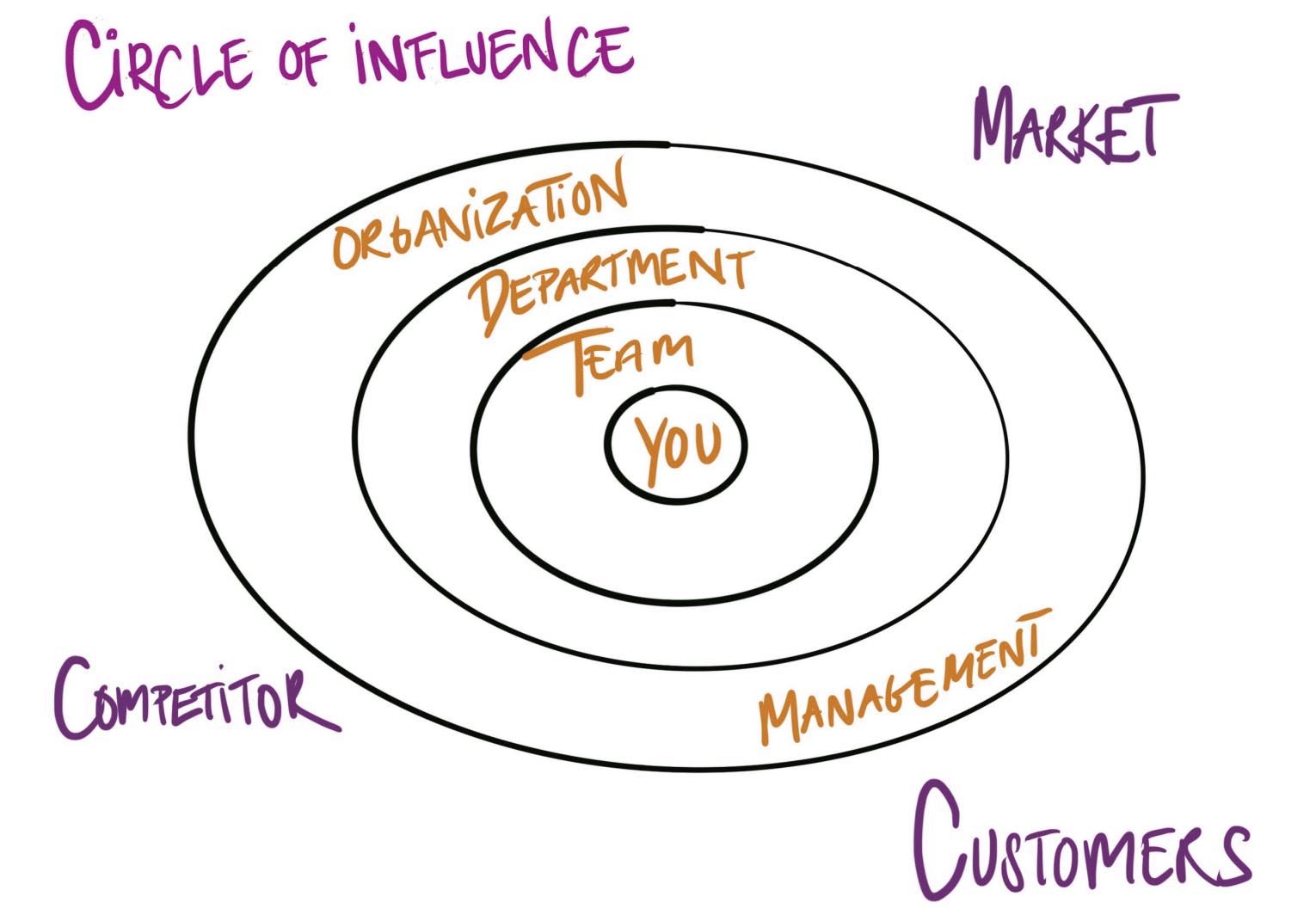
2. Choose your frameworks wisely
In project management, it is imperative to exercise judiciousness in the selection of frameworks. The management often sets strict deadlines, and it is the responsibility of the project manager to effectively communicate the limitations and challenges posed by the chosen framework.
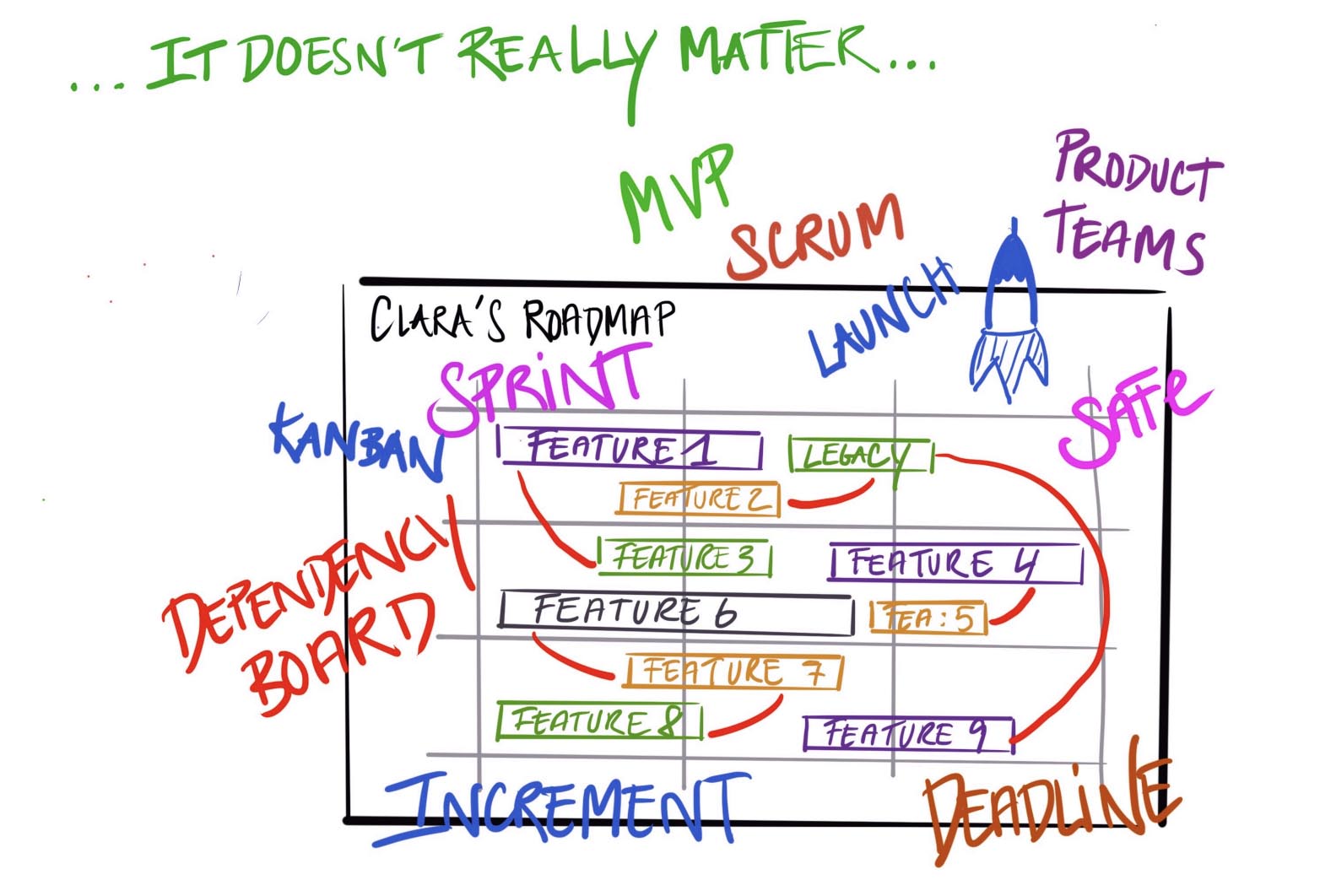
It doesn’t really matter what framework you choose to work with - Scrum, Agile, SAFe, Kanban, Gantt charts, Continuous Discovery - as long as you’re consistent with your use of it.
Legacy systems can pose a significant challenge in project management, as the management may not always be receptive to the difficulties presented by outdated systems. However, utilizing a dependency board can serve as a concrete representation of the challenges posed by legacy systems and help communicate the obstacles to management.
Effective Communication with Management
In project management, it is crucial to find a simple and straightforward manner of communicating the challenges and limitations of the project to the management. A product manager must act as a hub, connecting all the pieces of the project and ensuring that the management understands the intricacies of the project. This may require a considerable amount of patience and persistence, as the same information may need to be communicated multiple times. However, it is essential to approach each explanation with enthusiasm, as the management’s understanding of the project is critical to its success.
3. Ensure that you speak the same language
In order to ensure that everyone is on the same page, it is crucial to establish clear communication and make sure that everyone is speaking the same language. When it comes to prioritizing and reaching agreement, it is important to keep the discussion positive and take the time to explain concepts or ideas if necessary. To do this, you should pay close attention to the body language and engagement levels of your colleagues during meetings. If someone seems disinterested or confused, it may be necessary to have a follow-up conversation to ensure that everyone is on the same page.
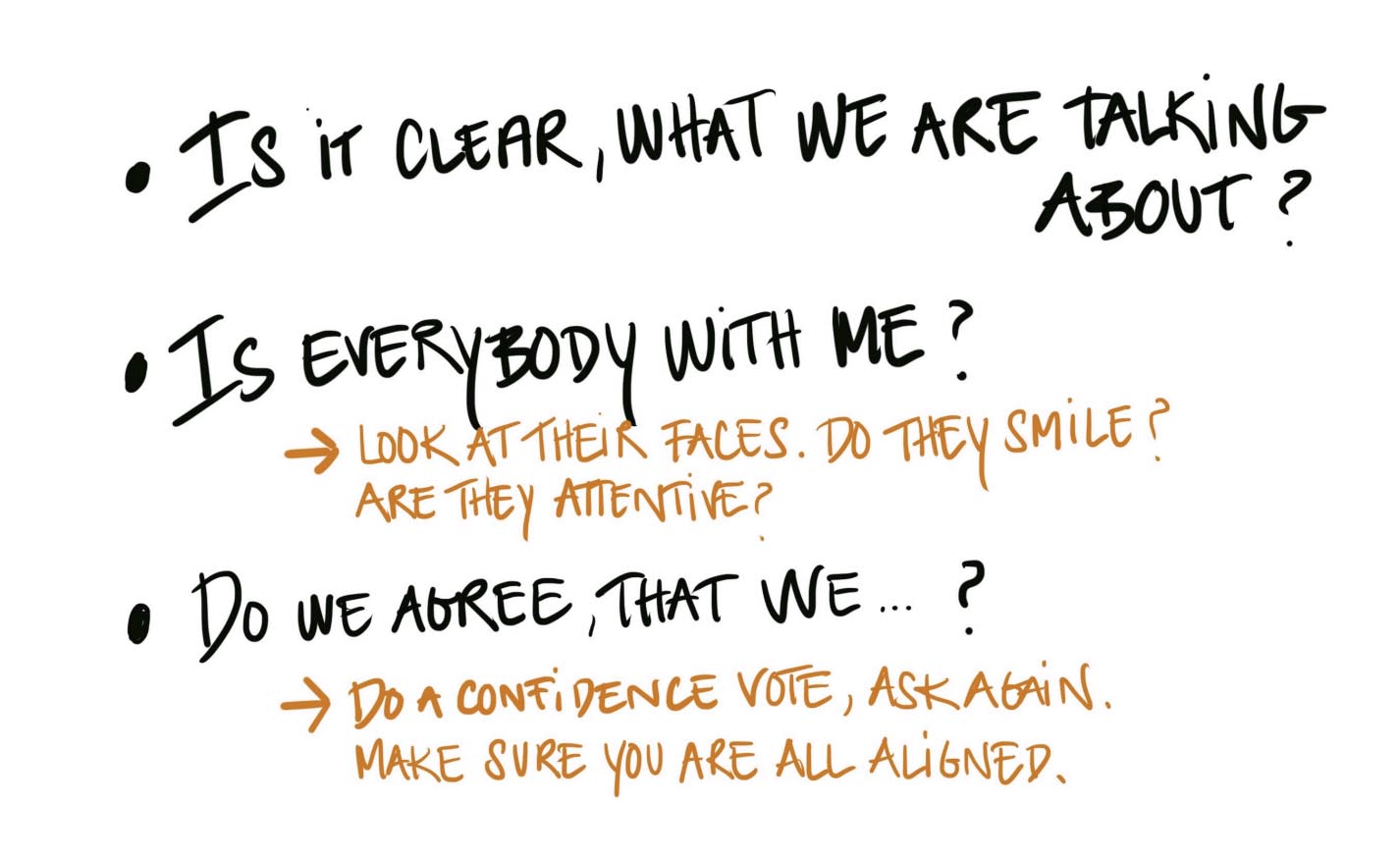
Building Alignment in the Team
Building alignment within a team requires patience and positivity. It is common for team members from different backgrounds and expertise, such as marketing and engineering, to approach an idea from different perspectives. Nevertheless, it is possible to find common ground and reach agreement by taking the time to understand each other’s perspectives. It is important to emphasize that alignment does not necessarily mean agreement, but rather that everyone understands the impact of the roadmap.
Defining and Communicating Goals
As a product manager, it is important to be able to clearly and accurately explain the goals and objectives of the project. This involves being able to answer the questions of why, what, and how in regards to the product roadmap. When communicating these goals, it is important to choose your language carefully and be precise in order to avoid misunderstandings. For example, instead of simply proposing an MVP (Minimum Viable Product), you may need to consider starting with a smaller, more manageable subset of the overall idea. By focusing energy on choosing the right language and being precise, you can help ensure that everyone is aligned and understands the direction of the project.
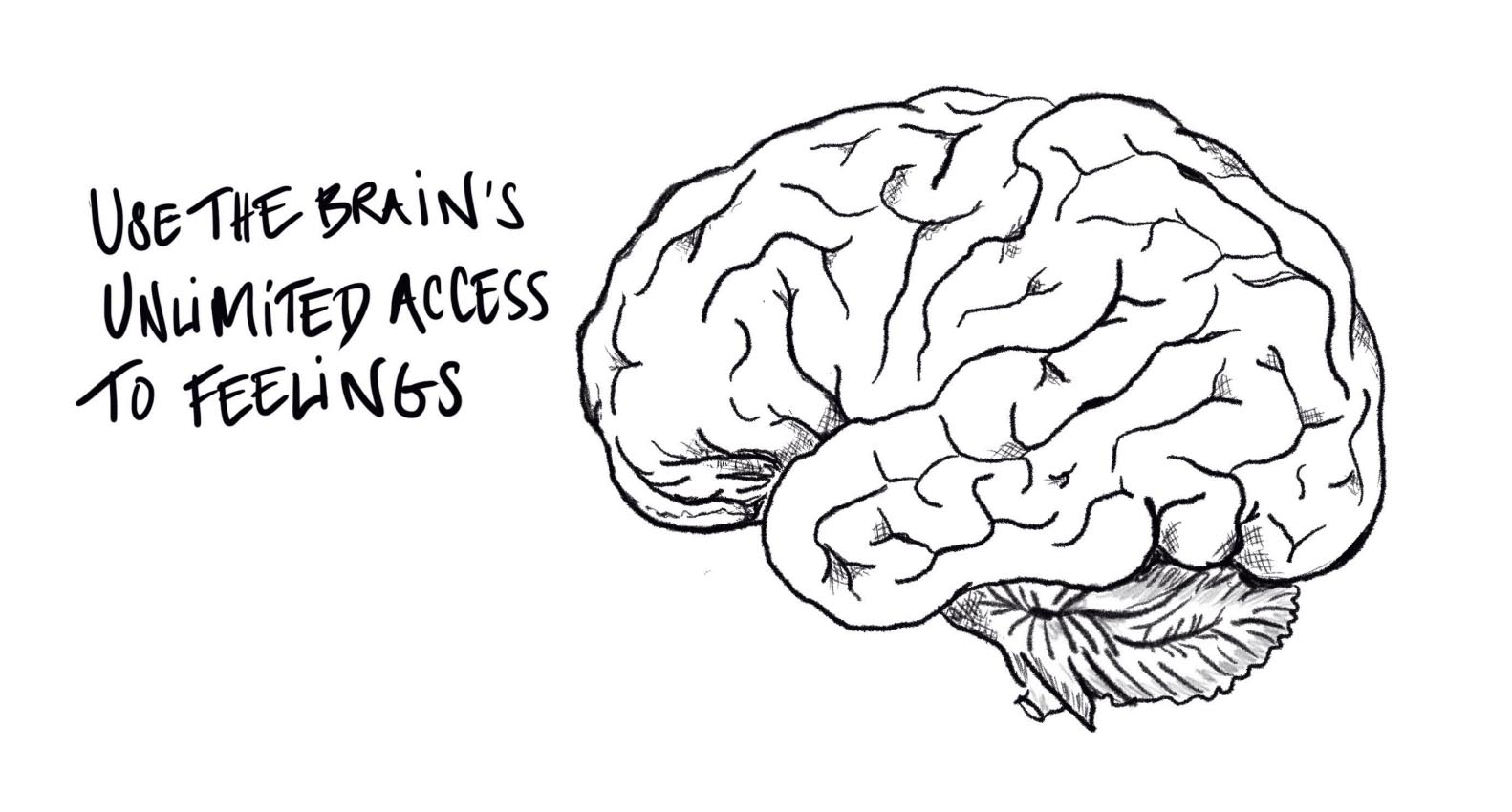
Establishing a Clear Roadmap for Technical Teams
As a technical leader, it’s imperative to ensure that you have the necessary support and guidance to steer your team in the right direction. This involves fostering a collaborative environment where marketing, engineering, and other departments can work together towards a common goal.
One crucial aspect of this is properly managing and communicating project estimates. In her experience, Clara Mai Kunstmann observed that her team at TV2 often underestimated the time required to complete certain tasks, leading to frustration and missed deadlines.
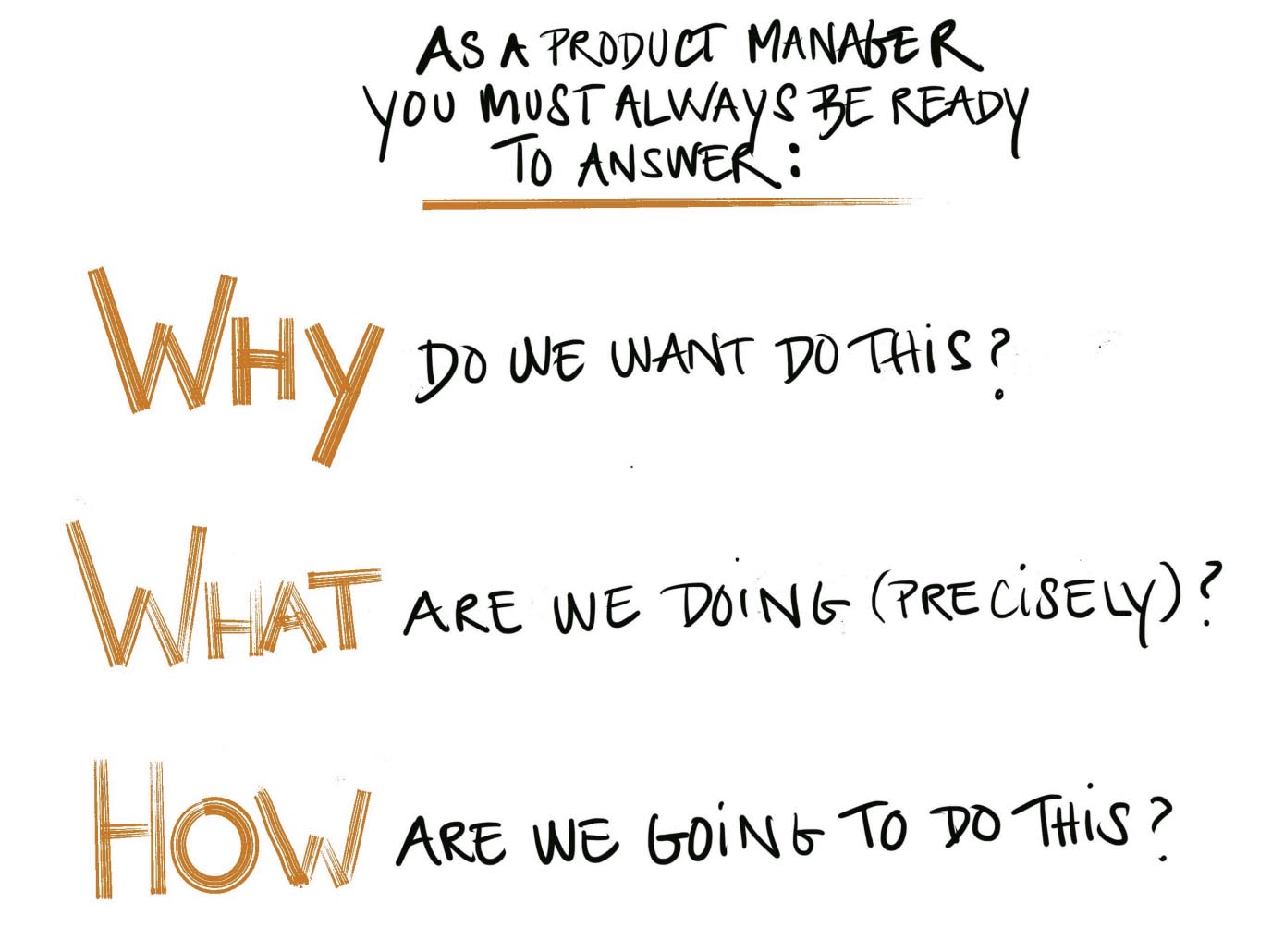
To address this issue, Kunstmann implemented a new approach that involved dedicating a portion of the team’s monthly hours towards legacy work and reducing project estimates by 50%. This allowed her team to better manage their time and focus on delivering high-quality results.
Fostering a Positive Mindset Through Storytelling
By shifting the focus to the positive aspects of their work and highlighting the impact their efforts have on customers, Kunstmann and her team were able to overcome the challenges posed by their legacy work and over-deliver on their roadmap. This also helped to build a sense of calm and stability within the engineering team, allowing them to better handle the demands of their work.
By telling compelling stories about their achievements and highlighting the impact of their efforts on customers, Kunstmann and her team were able to rally the support of their organization and maintain a positive and motivated mindset.
Book Clara Mai Kunstmann for a mentor session or find other passionate Stakeholder management mentors.
